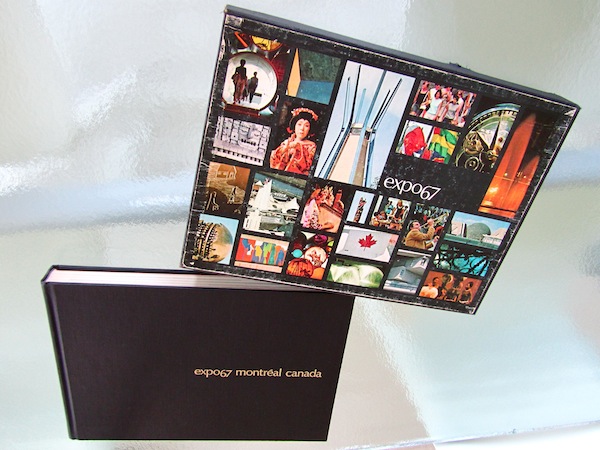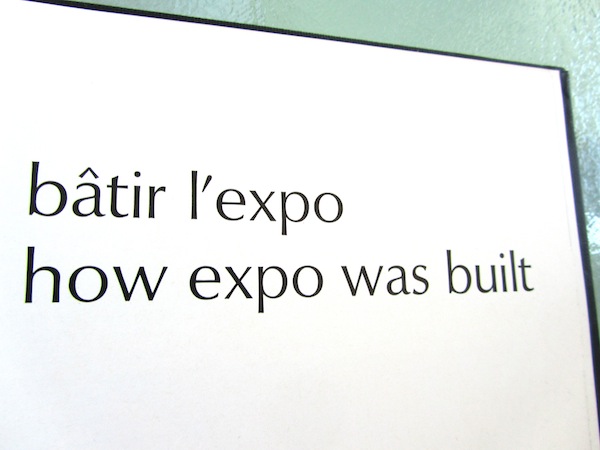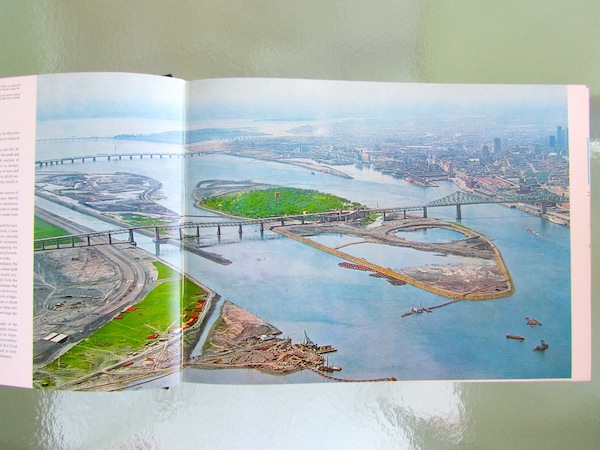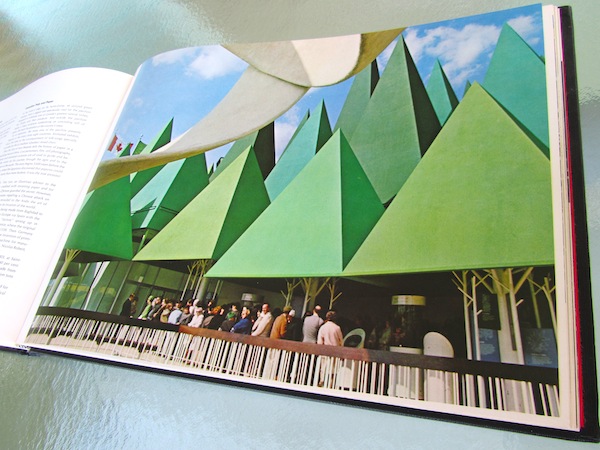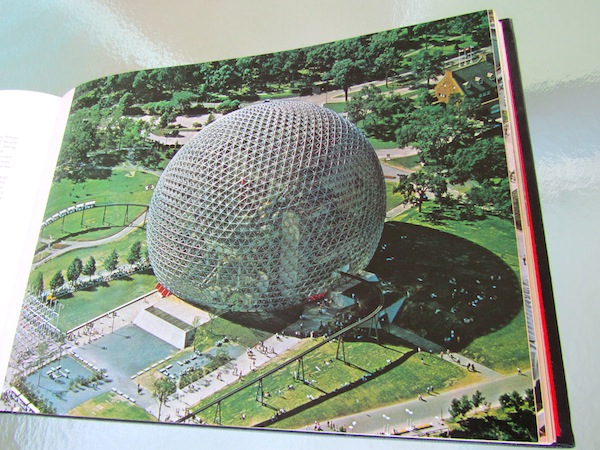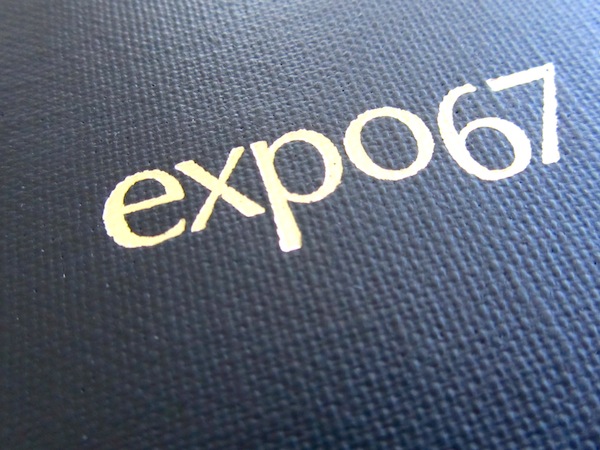Retro Recipe: Petticoat Stiffener
After the rationing and shortages of World War II, women were longing for frivolity.
Enter fashion designer Christian Dior in 1947. His debut collection was called "Corolle"... literally, the botanical term for a circlet of flower petals. "I have designed flower women," said Dior of his new silhouette that emphasized wasp waists and flared, petticoated skirts. Harper's Bazaar dubbed it the "New Look", and Dior's name in fashion history was made.
Dior's New Look dominated the fashion world for about 10 years, progressing from a gentle swish in the early 50's to a round ball like bouffant effect by the 1960's (think, Mad Men). Tiered, ruffled petticoats were extremely popular, especially with teenage girls, often worn 2 or 3 at a time. Each petticoat was stiffened in some way either by conventional starch or a strong sugar solution.
From Grandma's Vintage Recipes, a DIY concoction to add pouf to your petticoat and crunch to your crinoline:
3/4 cup cornstarch
2 tablespoons turpentine
2 tablespoons borax
1 quart cold water
Stir up.
Dip in & iron dry.
Enter fashion designer Christian Dior in 1947. His debut collection was called "Corolle"... literally, the botanical term for a circlet of flower petals. "I have designed flower women," said Dior of his new silhouette that emphasized wasp waists and flared, petticoated skirts. Harper's Bazaar dubbed it the "New Look", and Dior's name in fashion history was made.
Dior's New Look dominated the fashion world for about 10 years, progressing from a gentle swish in the early 50's to a round ball like bouffant effect by the 1960's (think, Mad Men). Tiered, ruffled petticoats were extremely popular, especially with teenage girls, often worn 2 or 3 at a time. Each petticoat was stiffened in some way either by conventional starch or a strong sugar solution.
From Grandma's Vintage Recipes, a DIY concoction to add pouf to your petticoat and crunch to your crinoline:
3/4 cup cornstarch
2 tablespoons turpentine
2 tablespoons borax
1 quart cold water
Stir up.
Dip in & iron dry.
images: (top) etsy.com
(bottom) fashion.lilithezine.com
Labels: fab fashion, retro recipes
